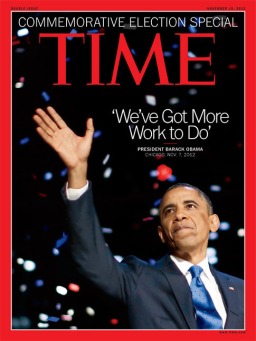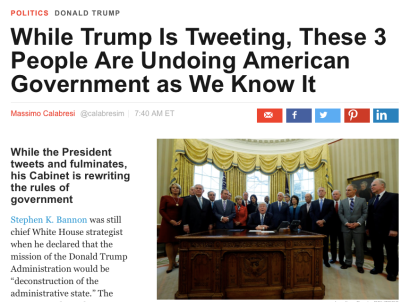Brad Mogavero
Today, there is no doubt that the magazine business has declined as opposed to the industry in the twentieth century. To put it simply, it is because audiences can now get the same information from articles online. Of the whole full-time editorial workforce, journalists who work in news magazines have decreased by almost half from 1970 till now according to The American Journalist in the 21st Century.

That raises the question: For those who are funding the magazines (mainly advertisers buying space), how is value being created for them? For starters, magazines, especially news/political magazines, are more narrowcasted. The magazines tend to be partisan implicating the same for its audience. This allows for advertisers to know better the audience they are targeting. Also, when looking at magazine advertising vs. newspaper advertising, people tend to hold onto magazines longer than they do newspapers. For advertisers this means that their audiences hold onto their content longer in the magazine medium. Not to mention, the images created by advertisers on magazines are much more vibrant and attractive than newspapers.

Mullen, a professor at the University of Nevada Las Vegas, explains that assistants to presidents prefer giving their big stories to political magazines instead of newspapers. This means more in-depth stories for magazine readers of their perspective partisan magazines. Advertisers benefit greatly from the value of information that is provided through these political magazines. Captivating stories means a full page advertisement before said story would have a greater chance of meeting the intended audience.
So what kind of advertisements would be featured on The Atlantic? The typically left leaning publication features advertisements for Boeing, and TIAA, a financial service provider based on financial protection for retirement. What this told me is that these advertisers take advantage of knowing their demographic- probably an affluent middle aged man or woman who takes notice to recent, detailed news stories. It is important that these viewers not be tricked by advertisers either as more information has come to light on false advertising manipulation. The Federal Trade Commission monitors crass and inappropriate advertising, but warns people about testimonial advertising for something such as a weight loss pill that makes false promises– “fake news.”
The power of knowing your audience is all too important for advertisers, and magazines provide a more specific route than the mass medium of newspapers. It is in this way that magazines stay a relevant medium for advertisers.
Sources:
Huebsch, Russell. “What Are the Benefits of Magazine Advertising?” Chron.com.
Kokemuller, Neil. “Magazine Advertising vs. Newspaper Advertising.” Chron.com.


